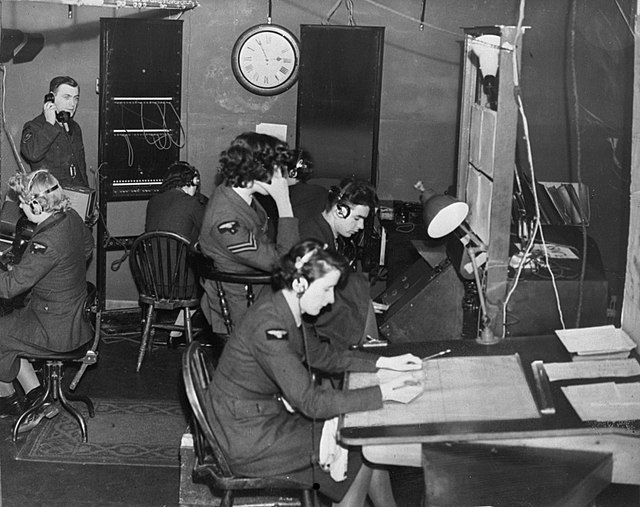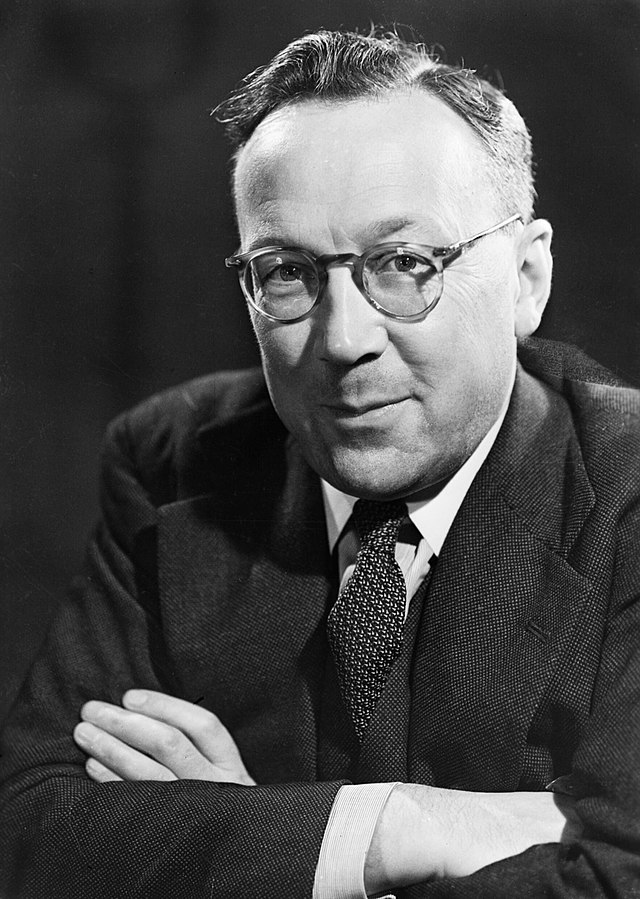
BRITAIN’S INVISIBLE SHIELD

In the first phase of our series, we explored how Britain’s industrial backbone and visionary leadership laid the groundwork for resistance during the Battle of Britain. But strategy alone wasn’t enough to stop the Luftwaffe. Now, we turn our focus to the revolutionary technology and infrastructure that gave the RAF a crucial advantage. At a time when Britain stood vastly outnumbered, it wasn’t just courage in the cockpit that made the difference, but the ability to see the enemy coming and respond with speed and precision. This phase of the battle showed how a network of radar stations and a web of airfields could become the hidden lifelines of Britain's defence.
Phase 2: Radar and Runways
As the Battle of Britain intensified in the summer of 1940, the Luftwaffe shifted its focus to a calculated and devastating strategy - targeting the very foundations of RAF Fighter Command. Airfields became prime objectives as the vital hubs that housed aircraft, fuel supplies, maintenance crews and, most crucially, the pilots themselves. Damaging or destroying these sites would ground the RAF, disrupt operations and leave Britain vulnerable. But alongside the airbases, another key component of Britain’s defence system was in the crosshairs - radar.
Radar masts dotted along the southern and eastern coasts of England formed part of Britain’s newly developed early warning system. These towers belonged to the world’s first integrated radar network, known as Chain Home - a revolutionary system that allowed Britain to detect incoming enemy aircraft long before they reached the coastline. By knocking out these installations, the Luftwaffe hoped to “blind” Britain, stripping the RAF of its ability to respond swiftly and effectively to each new wave of attack.

At the heart of this breakthrough in technology was Robert Watson-Watt, a pioneer who saw the future before others even understood the question. While many dismissed radar as speculative science, Watson-Watt pursued its development with vision and determination. His work transformed Britain’s defences, giving the RAF something just as valuable as numbers - time. Chain Home gave early warnings that enabled Fighter Command to scramble aircraft with deadly efficiency, concentrating their limited forces precisely where they were needed most.
Watson-Watt’s radar network didn’t just detect aircraft but helped coordinate a national response. In those critical summer months, it was the unseen thread connecting radar operators, ground controllers and pilots, allowing them to act as one cohesive force against overwhelming odds. While Spitfires and Hurricanes stole the headlines, it was the silent vigilance of radar that often made the difference between victory and defeat. In this phase of the battle, science and strategy combined to form an invisible shield, one that helped Britain hold the line.
As we’ve seen in this phase of the Battle of Britain, radar and runways formed the backbone of Britain’s defensive capability, providing the RAF with the vital edge it needed to withstand wave after wave of enemy assault. Thanks to the foresight of pioneers like Robert Watson-Watt and the resilience of those on the ground, Britain held firm during one of its darkest hours. But the battle was far from over. With the RAF still standing, the Luftwaffe changed tactics once again, this time turning its fury towards the heart of British life. In “Phase 3: Bombs Over the Thames,” we will be looking at how the battle moved from the skies to the streets.



